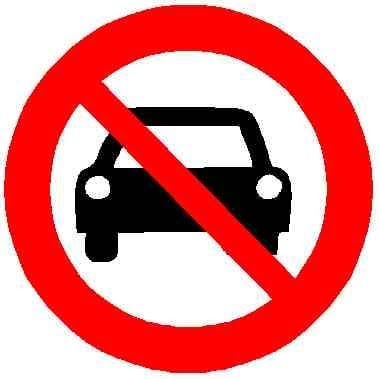Derby, CT is a small, working-class, post-industrial town with a population which has been stagnant at about 12,000 for more than six decades.
The geniuses over at the Connecticut DOT decided that this obviously meant that the town’s Main Street needed to be widened, by twice the size, destroying a number of historic buildings and uprooting numerous small community businesses in the process. That red stripe on the far left of the “After” pic is the new edge of the street.


Tearing down the properties has reduced their local property tax base and also no doubt reduced the values of the properties across the streets as well. It’s creating a downward spiral of local tax revenue while no doubt increasing state maintenance obligations.
Decisions like this are why small towns like this are going broke. They make themselves easier to drive through and tear down the properties that constitute their tax base.
Only maybe, and assuming that the properties didn’t already belong to the city anyhow. Often a city will purchase property to be able to eat the costs for new businesses moving in. However, the back drop is empty, so this wasn’t a popular location. If the city couldn’t get someone to rent without modernization, then the result was fair for property that was likely built out of the way when the city was growing since op said they were a little older and the population was stagnate.
I’m not arguing the road was a good call, I’m just saying keeping the buildings may not have been either. Another use would have been smarter, heck, even a solar farm given the open area to provide energy for the local community if the state government hasn’t banned it like some.